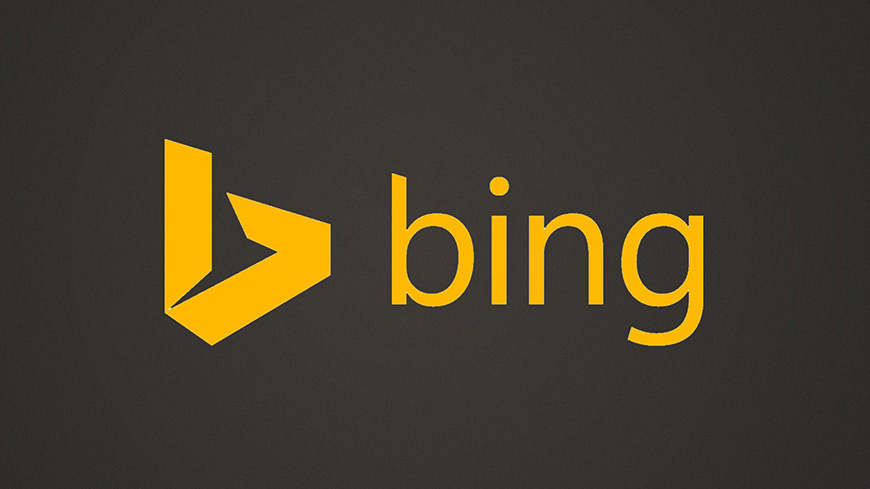5 Sitemaps Best Practices For Bing
Last Edited May 9, 2015 by Super User in Search Engine Optimization

Bing is the second most powerful search engine after Google. In as much as most people pay close attention to everything Google, using Bing can go a long way in ensuring that your content attains more exposure, attracts more traffic and ranks better in the search engines. If you are yet to create a sitemap for Bing, now is the time so long as your CMS or site can handle it. Alternatively, you can install any of the available sitemap plugins that will take care of all the technicalities for you. In fact, you are always free to use a sitemap generator for this purpose.
If you choose to create your sitemap manually, then you need to stick to the following best practices, especially for Bing but they can apply with any other search engine.
- It is advisable that you refer to the official sitemaps protocol website to understand what the features of the best sitemaps are. You shouldn’t have too large sitemaps because they have to be capped at 50,000 links and 10 MB uncompressed. All links must be properly encoded.
- Ensure that the sitemaps link to the most applicable content on the website. Dead and duplicate links should be avoided. To lower the number of broken links in your sitemaps, it is recommended that you try and create sitemaps at least once every day. Some plugins can handle this effectively without requiring much input from your end after they are setup.
- You need to use the most appropriate format for your sitemaps. To generate a comprehensive picture off all applicable URLs on your website daily, use XML sitemap as well as the sitemap index file. Ensure that all new or updated information on your website is submitted to the search engine using the Bing webmaster tools.
- Sitemaps should be well consolidated; try to avoid having many XML sitemaps for every website as well as numerous RSS feeds. If possible, try to have only one sitemap index file with a list of all relevant sitemap index files and sitemap files. The RSS listing should be made up the most recent content on your website.
- To comprehensively crawl your website, the search engine needs to find the sitemap. Do this by directing them to the location of the XML and RSS URLs on the website by referencing them on the robots.txt files. The location can also be published in the webmaster tools.
Useful Sitemap Tips for Large Websites
Even though the above best practices may apply for small websites, they may not really be suitable for large sites with millions of URLs. Therefore, as you try to create sitemaps for such websites, it is advisable to prioritize which of the many URLs you consider important and deserve inclusion on your sitemap. It is misleading to assume that the search engines can magically crawl and index millions or even billions of URLs from a single website. Therefore, consider linking only the most relevant pages.
The above best practices are not exclusive to Bing sitemaps because they can also be used in helping you create sitemaps targeting other search engines like the giant Google.
Related Articles
- Sitemap Mapping: The Ultimate Guide to Sitemaps
- Crawling Private Pages of Password Protected Websites
- Frequently Asked Questions About Sitemaps
- 25 Troubleshooting Tips for Sitemaps
- Sitemaps: How to Manage, Monitor, and Maintain Your Sitemaps
- The Importance of Sitemaps
- What are the Different Sitemap Formats? How and When to Use Them
- Avoiding a Disastrous Website Redesign with DYNO Mapper
- Why You Need to Create a Sitemap for Your Website
- XML Sitemaps Vs. HTML Sitemaps
- Finding the Right Sitemap Generator: Factors to Consider
- XML Sitemaps - SEO Best Practices
- Why You Need to Update Your Sitemap Regularly
- The Revolution of Search Engines Crawling and Content Indexing
- Three Steps to Successful Sitemap Submission
- Important SEO Tips for Sitemaps
- Significance of Multiple Sitemaps
- Common Sitemaps Errors and How to Fix Them
- 7 Benefits Of Google Sitemaps You Cannot Just Ignore
- HTML Sitemaps - A Table of Contents for Your Website
- XML Sitemaps: An Important Webmasters’ Resource
- How to Get the Best From XML Sitemaps
- Qualities of a Good Sitemap
- A Simple Guide to XML Sitemap Submission
- Some Useful Sitemap Generation Tips
- Building A Powerful Sitemap - What You Need to Know
- HTML Sitemaps For Better Website Navigation
- Tips to Consider When Setting Up a Sitemap
- Google Sitemaps Facts You Must Know
- Sitemaps for Search Engine Optimization
- What is a XML sitemap?
- How to submit sitemaps to Google, Bing, Yahoo, and Ask.com?
- Compare the Top Visual Sitemap Generators
- Sitemap Generator + Google Analytics = A User Experience Architect's Dream
Create Visual Sitemaps
Create, edit, customize, and share visual sitemaps integrated with Google Analytics for easy discovery, planning, and collaboration.
Popular Tags
Search Engine Optimization SEO Accessibility Testing Create Sitemaps Sitemaps UX User Experience Sitemap Generator Content Audit Visual Sitemap GeneratorGet Started with DYNO Mapper
Join thousands of professionals using the most advanced visual sitemap tool to simplify discovery, IA, and content planning.
👉 Start Your Free Trial — No credit card required.


